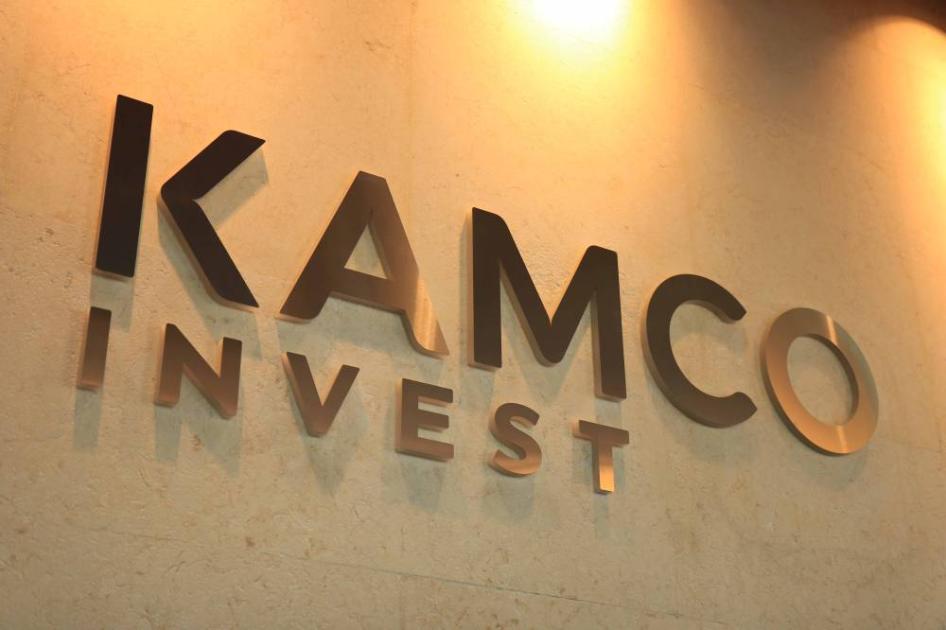Fed Forecasts Rate Cuts as US Economy Slowdown Expected, Gradual Rate Reduction Strategy Predicted
According to S&P Global Ratings’ global chief economist Paul Gruenwald, the US economy is on track to slow down, leading to a potential rate cut by the Federal Reserve. Gruenwald predicts that the Fed may lower rates by up to five times in 2025, resulting in a total reduction of two full percentage points. This forecast is more aggressive than what other economists are predicting and suggests that inflation will inch closer to the Fed’s 2% target, providing justification for rate cuts.
Despite current surges in productivity and investment, Gruenwald believes that the US economy cannot sustain its current pace of growth indefinitely. He anticipates that the Fed will embark on a gradual rate reduction strategy, with three rate cuts expected in 2024 and potentially five more in 2025. Upside risks to this forecast include a potential increase in unemployment leading to more aggressive rate cuts by the Fed. However, Gruenwald still expects the Fed to proceed with gradual rate reductions.
Other Wall Street forecasters believe that interest rates may remain elevated for an extended period due to persistently high prices. Some economists have warned that inflation could climb even higher this year, especially as the recent AI-fueled stock market surge may be exacerbating financial conditions without the assistance of the Fed. Despite these concerns, Gruenwald emphasizes the importance of gradual rate reductions and believes that it is crucial for the US economy’s long-term stability.
Overall, Gruenwald’s prediction suggests that monetary easing will become more significant as inflation cools and economic growth slows down. While there are some upside risks to this forecast, Gruenwald believes that gradual rate reductions are necessary for maintaining long-term stability in the US economy.



Post Comment
You must be logged in to post a comment.